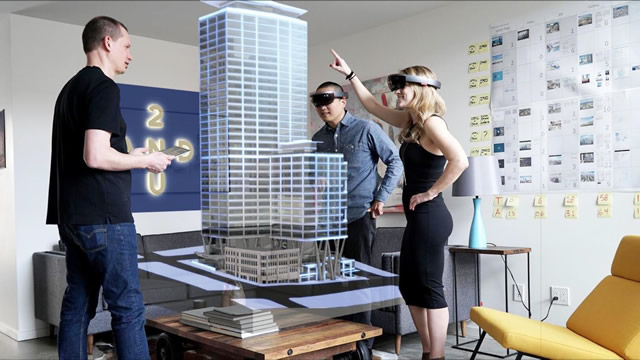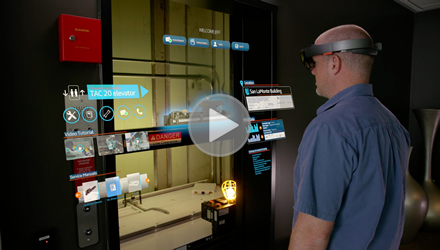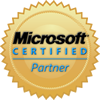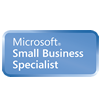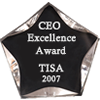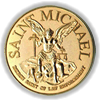With the emergence of HoloLens, the augmented reality glasses developed by Microsoft, the AR experience took a giant leap. Thanks to its intuitive operation and the introduction of "holograms" that seamlessly integrate with our visual environment, HoloLens became an unbeatable piece of engineering.
Clearly developed to be used while performing a specific task and not to be used all day as Google Glasses, although its most obvious uses have to do with work design and engineering (eg allowing multiple engineers to work on the same 3D model making changes and visualizing them in real time), the HoloLens are increasingly finding more and more applications in the business sector and industry 4.0.
Whether by enabling an upgrade and acceleration of the service processes, generating a productivity increase, helping the standardization of processes or simply improving communication, the latest advances in Augmented Reality and Internet of things are an unprecedented evolution since the third industrial revolution.
The aerospace, automotive and steel sectors are showing particularly proactive in the adoption of smart devices in their factories, providing their employees with tools and all the necessary information about the work to be performed, the steps needed to implement it successfully and even remote support from anywhere in the world. All of that without taking off their hands of the work or the activity they are doing.
With the addition of Augmented Reality glasses developed by Microsoft, Thyssenkrupp, one of the world's largest companies that provides elevators solutions, aims to revolutionize this particular transportation system that essentially, barely changed since its introduction in the late nineteenth century.
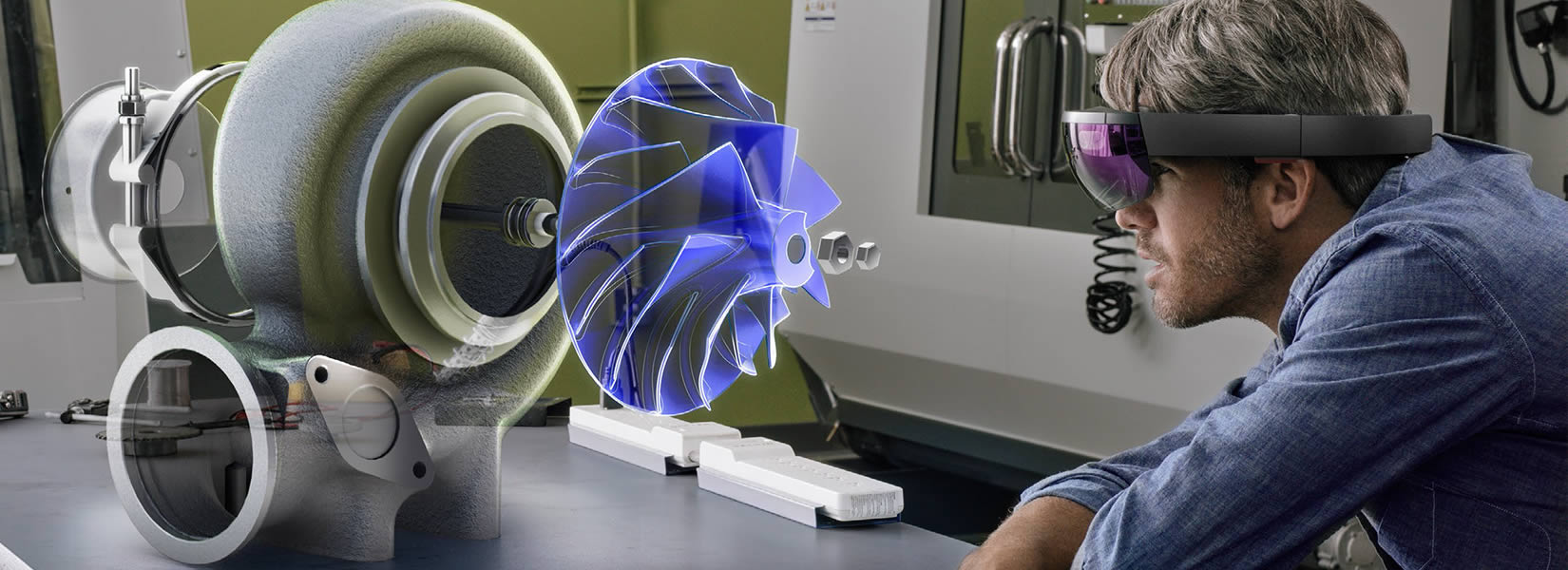
The presentation where Thyssenkrupp announced that will replace the use of notebooks (more difficult to use while tasks are performed) by HoloLens, took place in an elevator paradise: One World Trade Center skyscraper in New York, the highest of EE. UU. The idea is to maximize the activity of more than 24,000 technicians who will be able to do their jobs more safely and effectively.
Using HoloLens, service technicians can view and identify problems in elevators before beginning to work and to access to support information without having to divert their attention from the context in which they are working, thereby reducing labor accidents and errors in the execution of complex tasks.
Things are changing and Microsoft is revealing the potential of its glasses in different fields.

About Ariel Sztern
Ariel is a Software Engineer with more than 20 years of experience in Software Development with experience in managing projects in more than 16 countries
Nowadays Ariel is responsible for managing the operation in USA as President of TISA Software LLC.
Beyond his technical knowledge and passion for the technology Ariel enjoys watching the NBA and playing Ping-Pong, he also like sci-fi movies and was recognized as one of the 40 under 40 by the Houston Business Journal in 2014.

